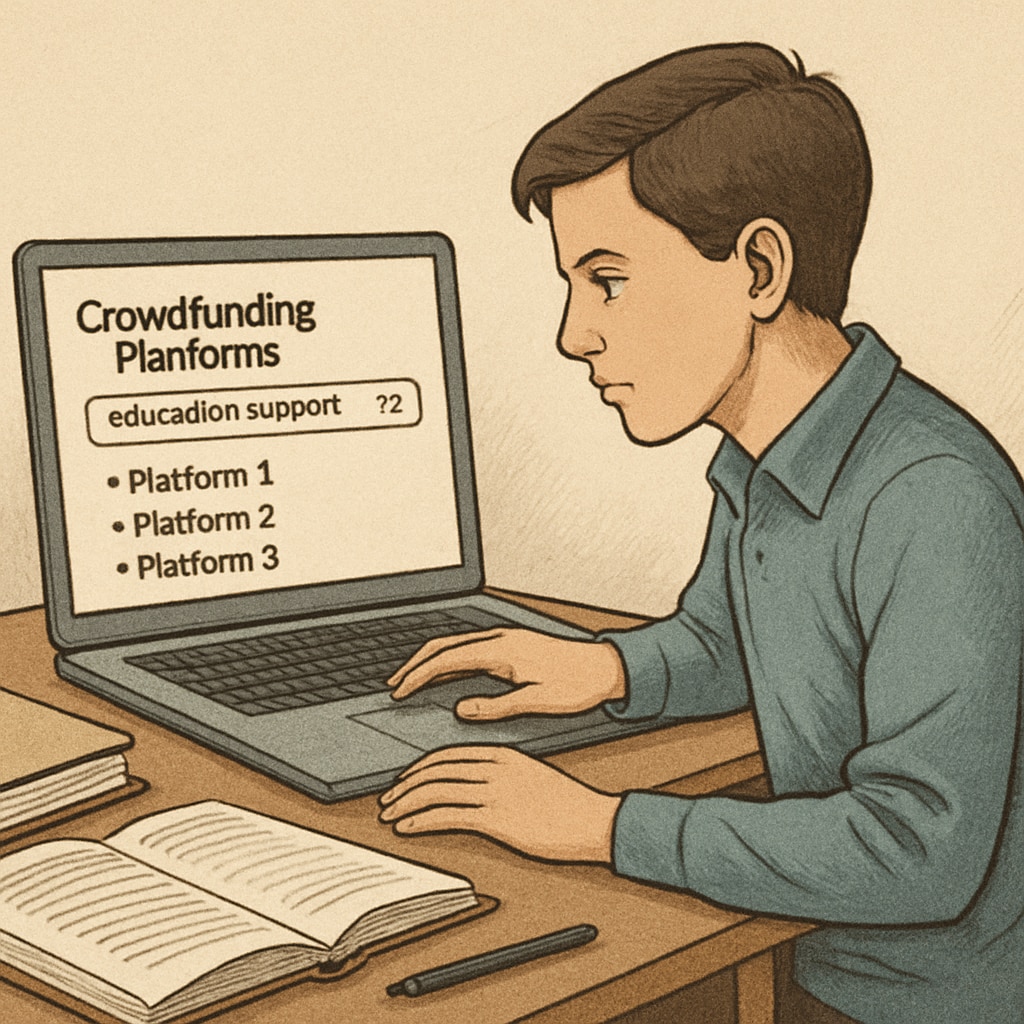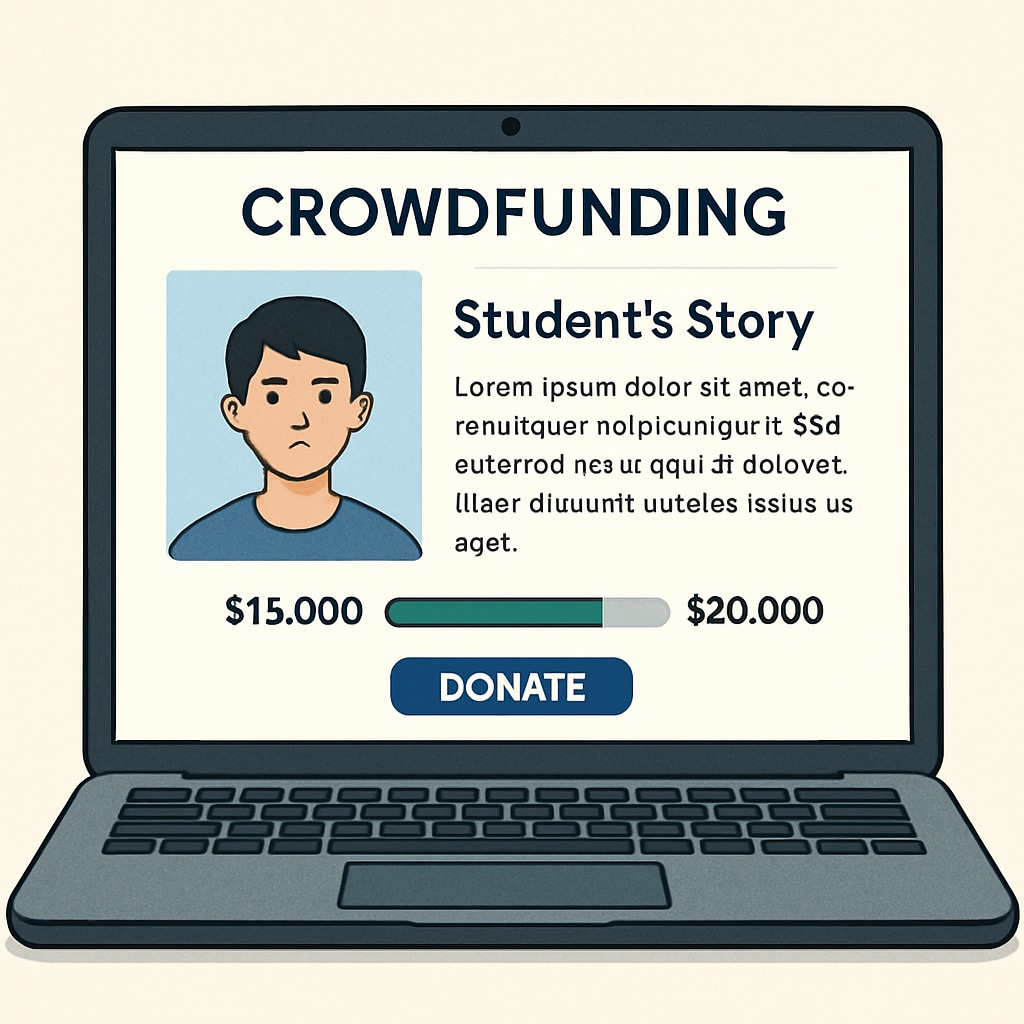The rising costs of higher education have created significant barriers for students from low-income families. Many are now turning to crowdfunding platforms like GoFundMe to bridge financial gaps and pursue their academic dreams. This growing trend highlights the need for proactive measures, starting as early as the K12 years, to prepare students for the economic challenges they may face in higher education.
Understanding the Financial Burden of Higher Education
Higher education costs, particularly in countries like the US, have been steadily rising. According to Education Data Initiative, the average cost of attending a four-year public university is over $25,000 per year, including tuition, fees, and living expenses. For private institutions, the figure can exceed $50,000 annually. These figures pose a significant challenge for students from economically disadvantaged backgrounds, often leaving them with no choice but to seek alternative funding sources.

While scholarships and grants are available, they are often highly competitive and insufficient to cover the full cost of education. As a result, students turn to crowdfunding platforms like GoFundMe, where they share their stories and appeal to the generosity of strangers. While this approach can be effective, it also highlights the urgent need for long-term solutions, such as early financial education and resource planning.
Building Financial Resilience During K12 Education
To mitigate the financial challenges of higher education, it’s crucial to start preparing students early. Implementing financial literacy programs during the K12 years can provide students with the tools they need to manage money, set financial goals, and understand the implications of educational costs. Key components of such programs include:
- Budgeting Skills: Teaching students how to create and stick to a budget can help them understand the value of money and the importance of prioritizing spending.
- Savings Plans: Encouraging students to save for future educational expenses, even in small amounts, can instill a habit of financial discipline.
- Awareness of Funding Options: Educating students about scholarships, grants, and work-study programs ensures they are aware of all available resources well before they apply for college.
In addition to financial literacy, fostering resourcefulness and resilience is essential. Students should be encouraged to explore opportunities such as internships, part-time jobs, and community service, which not only build their resumes but also contribute to their financial independence.
Crowdfunding as a Short-Term Solution
While long-term financial planning is ideal, crowdfunding platforms like GoFundMe provide a lifeline for students in immediate need. These platforms allow students to share their stories, connect with potential donors, and raise funds to cover tuition, textbooks, and other essential expenses. However, to maximize the effectiveness of crowdfunding campaigns, students must:
- Create a Compelling Story: Clearly articulate their goals, challenges, and how the funds will be used.
- Leverage Social Networks: Reach out to friends, family, and community members to amplify their campaign’s visibility.
- Provide Updates: Keep donors informed about their academic progress and how their contributions are making a difference.

While crowdfunding can help address immediate financial needs, it is not a sustainable solution for systemic issues such as the rising cost of education. This underscores the importance of addressing these challenges at their root, including advocating for more affordable education policies and increasing access to financial aid.
Conclusion: A Collaborative Approach to Educational Access
The intersection of educational aspirations and financial realities is a complex challenge, but it is not insurmountable. By introducing financial literacy and resourcefulness during the K12 years, we can empower students to navigate the economic hurdles of higher education. While platforms like GoFundMe provide short-term relief, long-term solutions require collaboration among educators, policymakers, and communities. Together, we can create a future where no student is forced to choose between their dreams and their financial circumstances.
Readability guidance: This article uses short paragraphs and lists to enhance readability. Transition words like “however,” “therefore,” and “for example” are used to ensure smooth flow. The passive voice is minimized to maintain an engaging tone.


